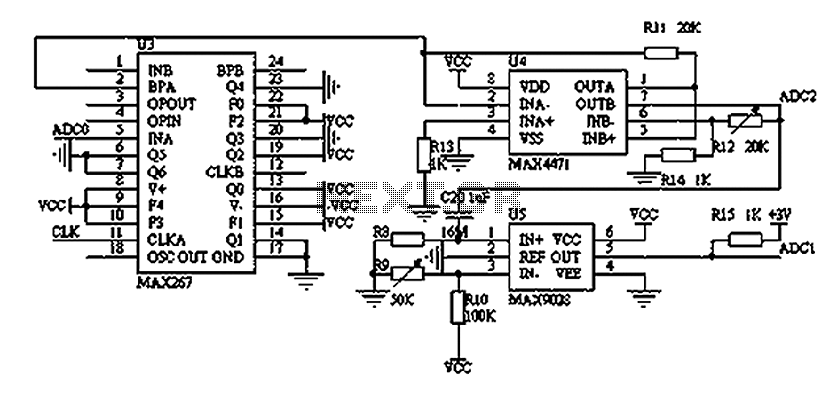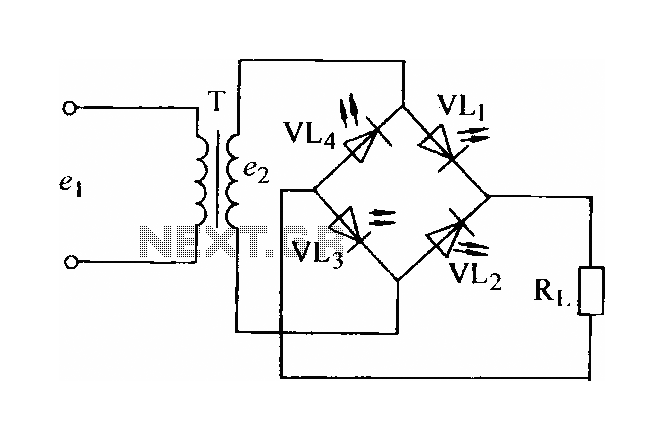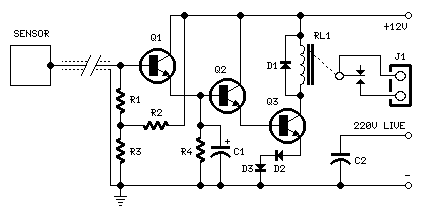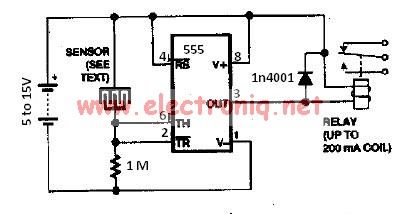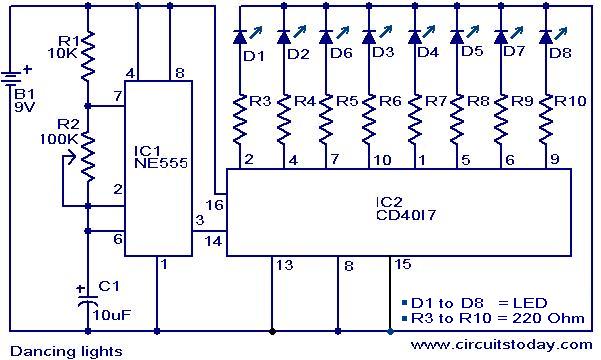
Logarithmic Light (Photodiode) Sensor Signal Conditioner

There are many measurement systems that would be more suitable if a logarithmic scale is used, especially when attempting to mimic human sensory responses. Most...
Logarithmic scales are particularly effective in representing a wide range of values in a compact format, making them advantageous for various measurement systems. In applications such as audio, light intensity, and other sensory modalities, human perception tends to follow a logarithmic pattern rather than a linear one. For instance, the decibel scale in acoustics is a logarithmic scale that quantifies sound intensity, aligning closely with how humans perceive changes in loudness.
When designing electronic circuits that incorporate logarithmic measurement systems, one must consider the implementation of logarithmic amplifiers or transducers. These devices utilize the logarithmic properties of semiconductor junctions to convert linear input signals into logarithmic output signals. This conversion is crucial for accurately simulating human sensory responses, as it allows for a more natural representation of varying stimuli.
In a typical application, a logarithmic amplifier circuit may consist of operational amplifiers configured with feedback resistors that determine the gain. The input signal is fed into the inverting or non-inverting terminal of the operational amplifier, and the output is taken from the collector or emitter of a transistor configured in the feedback loop. The choice of resistor values and the configuration of the operational amplifier will dictate the scale and range of the logarithmic response.
Additionally, the design must account for temperature stability and bias currents, as these factors can significantly affect the accuracy of logarithmic measurements. Precision components should be used to minimize errors, and temperature compensation techniques may be implemented to ensure consistent performance across varying environmental conditions.
Overall, the application of logarithmic scales in measurement systems enhances the fidelity of data representation, particularly in fields where human perception is a critical factor. This approach not only improves the accuracy of measurements but also facilitates better user interaction with electronic devices designed to respond to sensory inputs.There are many measurement system that would be more suitable if we use logarithmic scale, especially when we try to mimics human sensory response. Most.. 🔗 External reference
Logarithmic scales are particularly effective in representing a wide range of values in a compact format, making them advantageous for various measurement systems. In applications such as audio, light intensity, and other sensory modalities, human perception tends to follow a logarithmic pattern rather than a linear one. For instance, the decibel scale in acoustics is a logarithmic scale that quantifies sound intensity, aligning closely with how humans perceive changes in loudness.
When designing electronic circuits that incorporate logarithmic measurement systems, one must consider the implementation of logarithmic amplifiers or transducers. These devices utilize the logarithmic properties of semiconductor junctions to convert linear input signals into logarithmic output signals. This conversion is crucial for accurately simulating human sensory responses, as it allows for a more natural representation of varying stimuli.
In a typical application, a logarithmic amplifier circuit may consist of operational amplifiers configured with feedback resistors that determine the gain. The input signal is fed into the inverting or non-inverting terminal of the operational amplifier, and the output is taken from the collector or emitter of a transistor configured in the feedback loop. The choice of resistor values and the configuration of the operational amplifier will dictate the scale and range of the logarithmic response.
Additionally, the design must account for temperature stability and bias currents, as these factors can significantly affect the accuracy of logarithmic measurements. Precision components should be used to minimize errors, and temperature compensation techniques may be implemented to ensure consistent performance across varying environmental conditions.
Overall, the application of logarithmic scales in measurement systems enhances the fidelity of data representation, particularly in fields where human perception is a critical factor. This approach not only improves the accuracy of measurements but also facilitates better user interaction with electronic devices designed to respond to sensory inputs.There are many measurement system that would be more suitable if we use logarithmic scale, especially when we try to mimics human sensory response. Most.. 🔗 External reference
